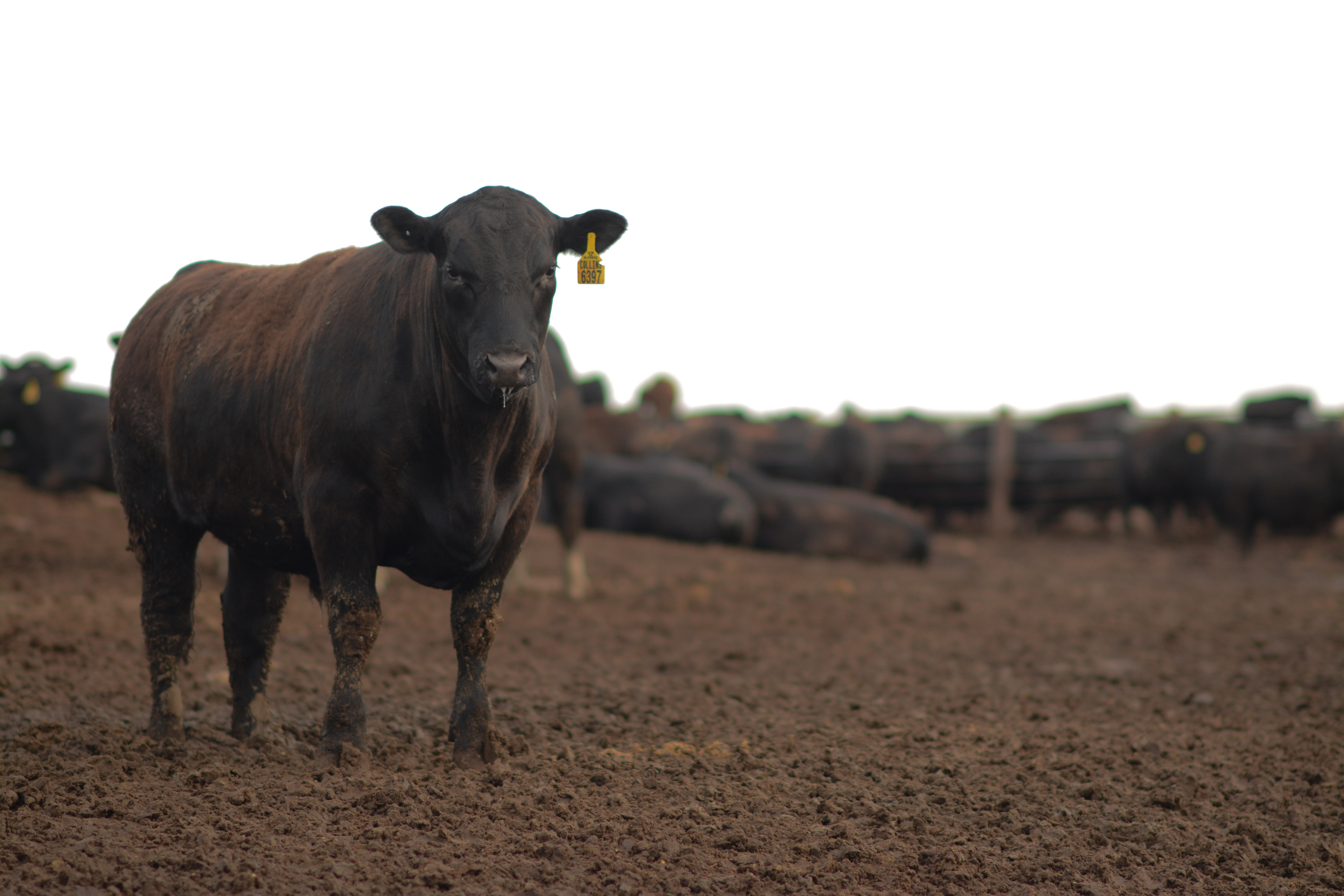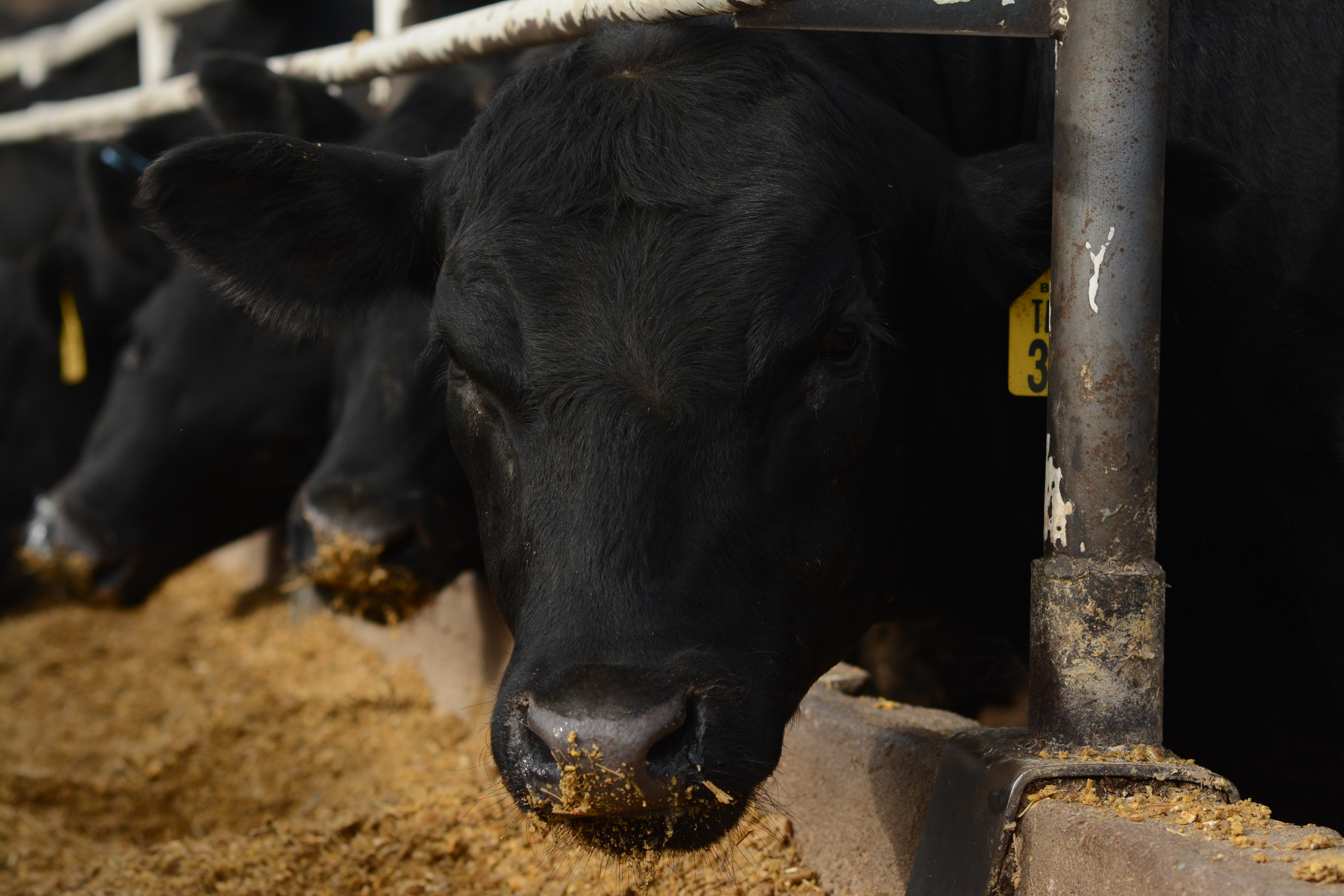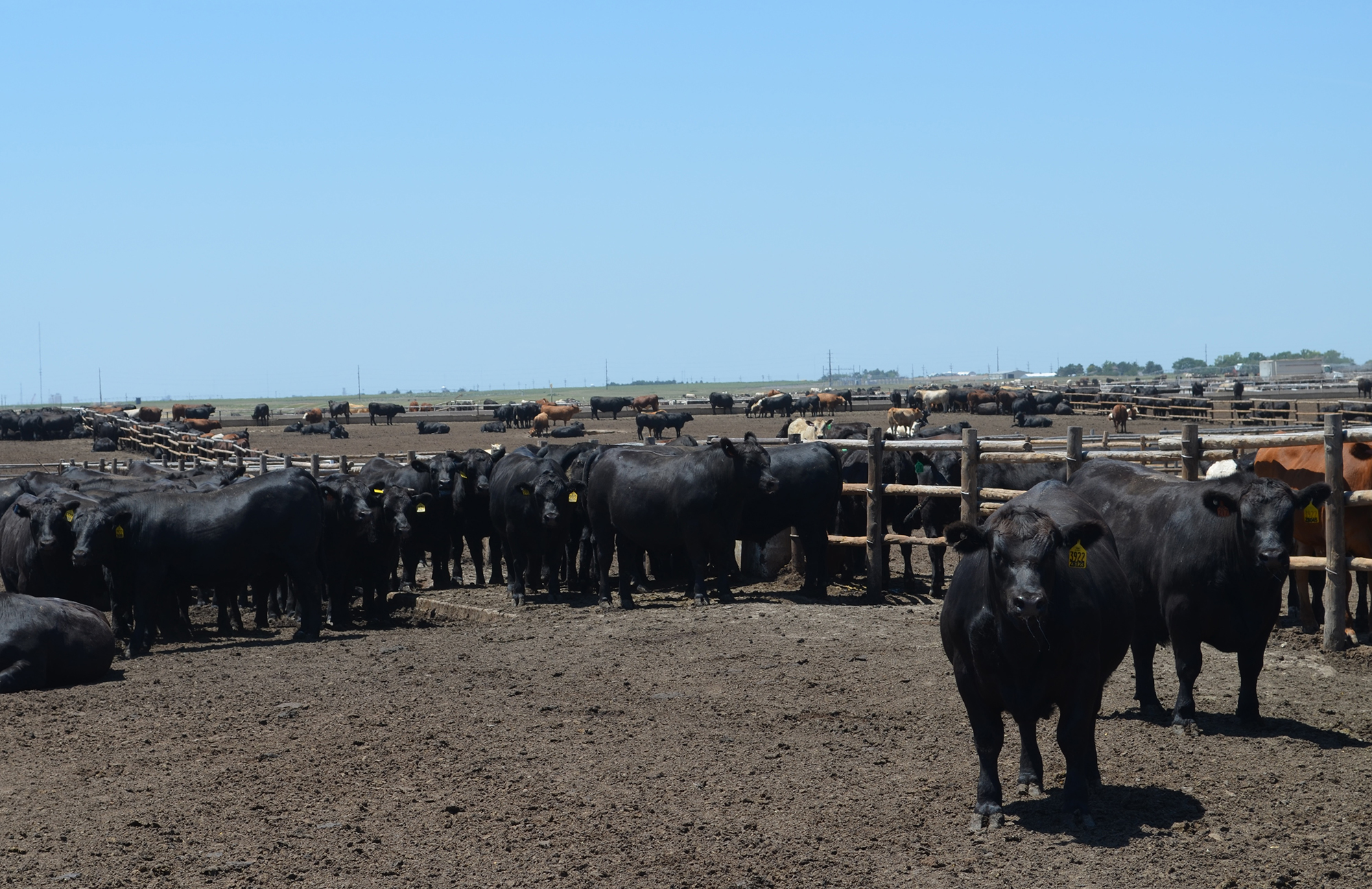
Circle A Feeders wins CAB honors
Quality Focus Award goes, again, to Missouri feedlot
by Miranda Reiman
In athletics, the real standouts compete against their own numbers, always trying to better their last performance. In a list of feeding greats, the people at Circle A Feeders, Huntsville, Mo., have certainly made a place for themselves—especially in the Certified Angus Beef ® (CAB®) record books.
From 2007 to 2008, during their inaugural year in the feeding business, Circle A posted an acceptance rate of 61.4% CAB and USDA Prime on 917 enrolled cattle, and vowed to better that with more experience.
That’s a promise kept, and then some. During the current award year, June 2008 through May 2009, the feedyard increased to 78.6% CAB and Prime on 1,285 head enrolled. That blew by the previous record they established by more than 17 percentage points, cementing a claim on the top annual acceptance rate across all awards and years.
These outstanding stats earned the feedlot, an enterprise of the large registered and commercial Circle A Ranch, repeat CAB honors. Mark Akin, general manager, traveled to the brand’s annual conference in Scottsdale, Ariz., in September to accept the 2009 Quality Focus Award for yards with capacity of 15,000 head or less.
Akin says Circle A staff honed their skill and requirements for cattle coming into the yard. They have “tightened down” on the qualifications, which include age-and-source verified (SAV), 600 to 800 pounds (lb.), less than 11 months old and – perhaps most importantly – 50% or more sired by Circle A bulls.

The customers must also wean the calves at least 45 days and give two rounds of vaccinations, but in return Circle A will buy full interest at a premium to the average market price.
“Genetics are a part of it, but education and management are the other parts,” Akin says. Marketing manager Nick Hammett spends on-farm time with producers before their calves are accepted into the program.
“He is really our customer service manager or our fieldsman,” Akin says. “He walks through the cattle and talks with the owner to make sure it’s a good fit.”
Once calves are approved and purchased, Akin, feedlot manager Scott Crews and the rest of the team do everything in their power to keep the animals on the quality track. The 5,000-head yard is completely enclosed, with management set up to minimize stress from arrival through harvest.
The market has not rewarded Choice grading carcasses over Select as much as usual, but Akin says their sights remain high in anticipation of seasonal adjustments.
“It’s just like everything. With those seasons, there’ll be another with a wide Choice/Select spread, so you don’t make changes,” he says. “The feedyard is set up as the ‘top of the top’ in cattle feeding operations and those are the kind of cattle we’re going to recruit. We’re not going to change that.”
He explains that’s been a ranch philosophy long before the feedlot was even on the horizon.
“Even though we weren’t getting rewarded for the genetic evaluation on our commercial herd, we did it anyhow. Even when we weren’t getting paid for our database, we were collecting weaning weights and carcass data,” he says.
Times have changed and Akin says the ranch does get rewarded for that now, because “information is power.”
“We’ve got to collect all of that and disseminate it to be better business people,” he adds.
The Circle A team continues to take knowledge of their own Angus genetics and combine it with a tried and true feeding program to dominate the quality arena.







